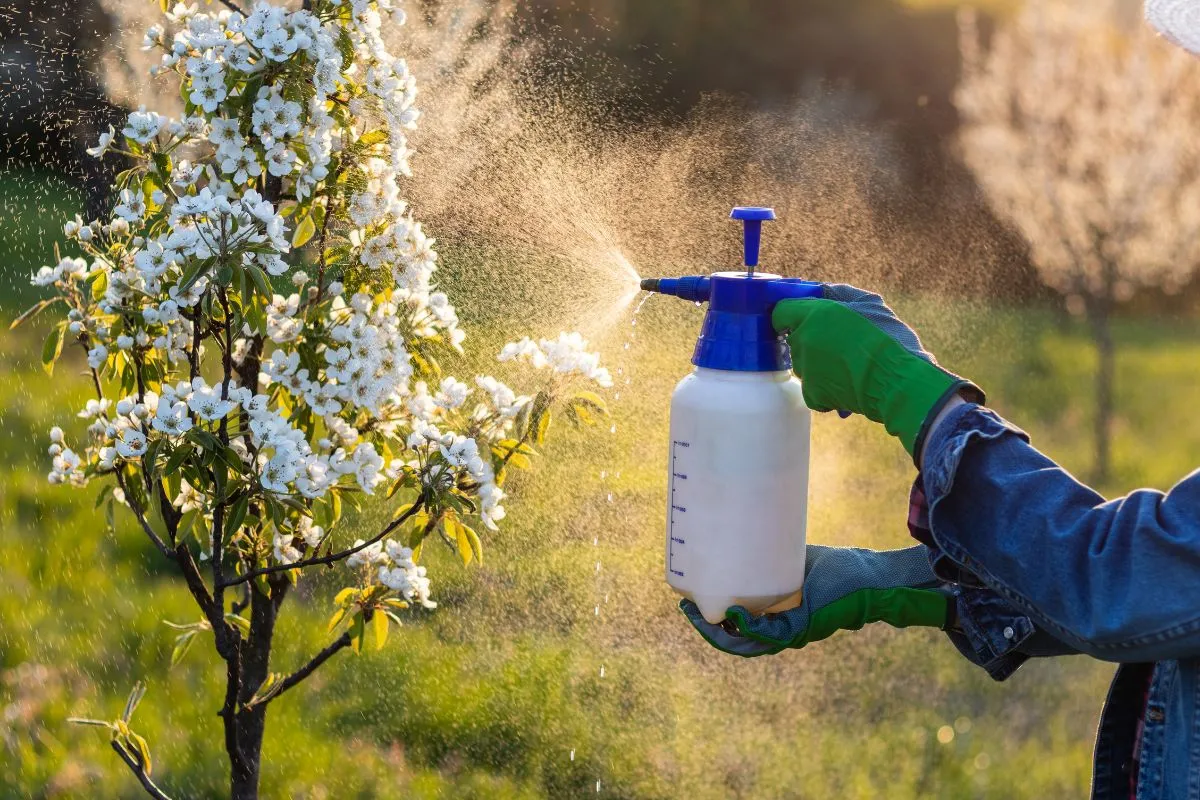Bees, butterflies, flies, beetles and other insects play an integral part in ensuring plants’ survival. By carrying pollen from one flower to another and fertilizing their growth and reproduction processes.
Your garden can attract pollinators by planting nectar-rich varieties that bloom throughout the growing season.
Plant a Variety of Plants
To attract pollinators to your garden, it is crucial that you plant flowers with different bloom times. This helps insects such as bees and butterflies find flowers blooming at times that suit them and will ensure that they won’t go hungry during bloom times.
If you’re growing fruit or vegetables in a garden, bees and other insects play a critical role in its success. They help spread pollen grains between flowers via cross-pollination.
Plant purple coneflower (commonly known as shuttlecock flowers), native to prairie regions that draws bees and other pollinators to attract their nectar-filled flowers, with colors ranging from purplish pink to yellow, orange and burgundy hues.
Plant at Different Times of the Year
One effective strategy to draw pollinators into your garden is planting flowers at different times throughout the year. Doing this will give bees, hummingbirds, butterflies and other insects something tasty to snack on as well as shelter in winter months.
Plant flowers at different times throughout the year and include wildflowers – these often produce more nectar and pollen than hybridized varieties – for maximum pollinator impact. Also include larval host plants (milkweed for monarch butterflies, etc.) that help larvae become adults.
Plant perennials and hardy annuals that bloom from early spring through late fall to provide pollinators with food sources throughout their pollination journey. Consistent blooms will help pollinators avoid hunger while fulfilling their duties without interruption.
Plant in Big Batches
Pollinators play a critical role in over 80% of flowers and foods we eat. Bees, wasps, butterflies, bats, flies, and night flying insects depend on flowers for pollen distribution which fertilizes plants.
Pollinators can be drawn into your garden with ease by planting in large batches; this practice, known as succession gardening for vegetables, involves sowing crops at various times throughout the season so as to meet all their nutritional needs.
Bring color into your garden from early spring until late fall by planting a range of flowering plants that bloom throughout this period. Consider planting local varieties as they may be less prone to pests and diseases than imported ones.
Provide Areas of Shelter
Pollinators play a critical role in helping many plants produce fruits, vegetables and seeds. To attract them to your garden, make sure it provides food, water and shelter.
Bees, butterflies and other pollinators require shelter in order to survive harsh weather conditions like strong winds and cold temperatures. Even something as simple as providing them a fallen log or pile of grass cuttings should provide enough shelter to allow them to remain in your garden throughout winter.
Bird houses, low shrubs and old branches will attract these creatures into your garden.
All living things require food, water and shelter for survival. When planting your garden, choose flowers with different bloom times so pollinators have something to feed on throughout the growing season.




